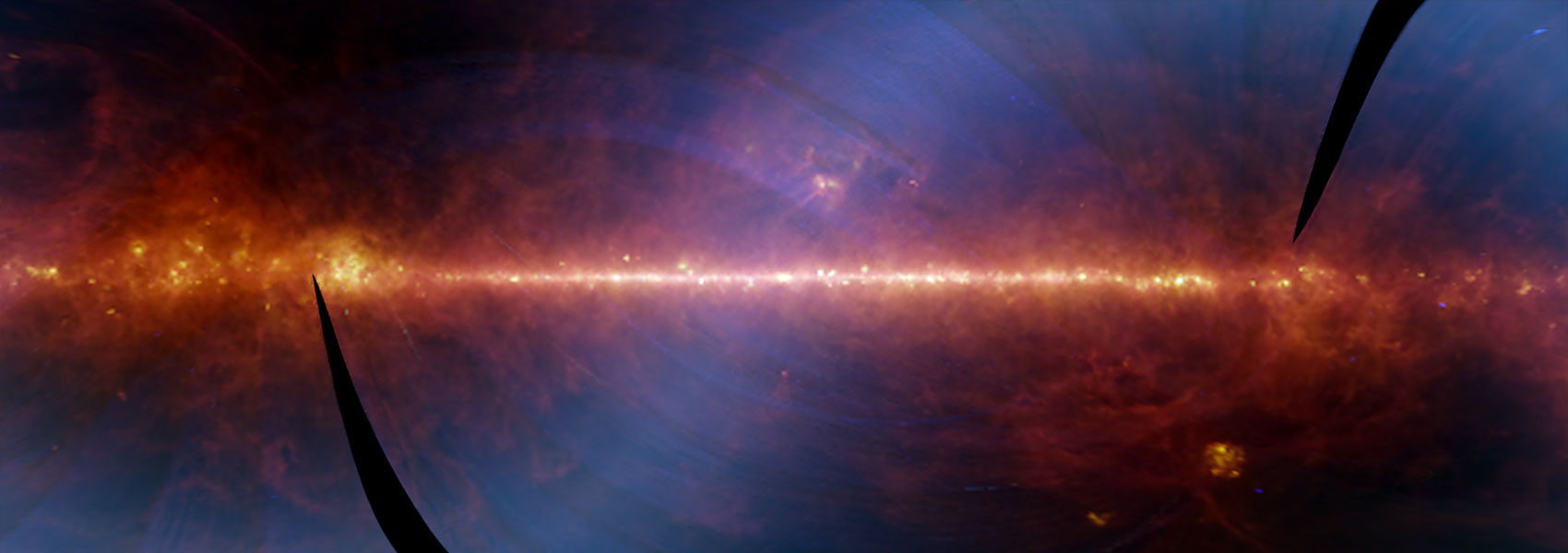May
2025
•
2025ApJ...984..160I
Authors
•
Iskandar, Abdusamatjan
•
Wang, Xiaofeng
•
Esamdin, Ali
•
Zeng, Xiangyun
•
Pellegrino, Craig
•
Yan, Shengyu
•
Liu, Jialian
•
Filippenko, Alexei V.
•
Howell, D. Andrew
•
McCully, Curtis
•
Brink, Thomas G.
•
Hu, Maokai
•
Yang, Yi
•
Zheng, WeiKang
•
Lü, Guoliang
•
Zhang, Jujia
•
Song, CuiYing
•
Huang, RuiFeng
•
Amaro, Rachael C.
•
Bai, Chunhai
•
Dettman, Kyle G.
•
Galbany, Lluís
•
Hiramatsu, Daichi
•
Azalee, Bostroem K.
•
Itagaki, Koichi
•
Jha, Saurabh W.
•
Ma, Shuguo
•
Sand, David J.
•
Andrews, Jennifer E.
•
Jencson, Jacob
•
Milne, Peter
•
Pearson, Jeniveve
•
Shrestha, Manisha
•
Smith, Nathan
•
Könyves-Tóth, Réka
•
Wyatt, Samuel
•
Zhang, Xuan
•
Yaqup, Shahidin
•
Wang, Letian
•
Zhang, Mengfan
Abstract
•
We present extensive optical observations of a nearby Type Ia supernova (SN Ia), SN 2021hpr, located in the spiral galaxy NGC 3147 at a distance of ∼45 Mpc. Our observations cover a phase within ∼1–2 days to ∼290 days after the explosion. SN 2021hpr is found to be a spectroscopically normal SN Ia, with an absolute B-band peak magnitude of mag and a postpeak decline rate of Δm15(B) = 1.0 ± 0.01 mag. Early time light curves showed a ∼7.0% excess emission compared to a homogeneously expanding fireball model, likely due to SN ejecta interacting with a companion or immediate circumstellar matter (CSM). The optical spectra of SN 2021hpr are overall similar to those of normal SNe Ia, but characterized by prominent detached high-velocity features (HVFs) of Si II and Ca II in the early phase. After examining a small sample of well-observed normal SNe Ia, we find that the HVFs are likely common for the subgroup with early excess emission. The association of an early bump feature with the HVFs could be attributed to density or abundance enhancement at the outer layer of the exploding star, likely as a result of interactions with companion/CSM or experiencing more complete burning. Nevertheless, the redshifted Fe II and Ni II lines in the nebular-phase spectra of SN 2021hpr, contrary to the blueshift trend seen in other SNe Ia showing early bump features, indicate its peculiarity in the explosion that remains to be understood.
Links



